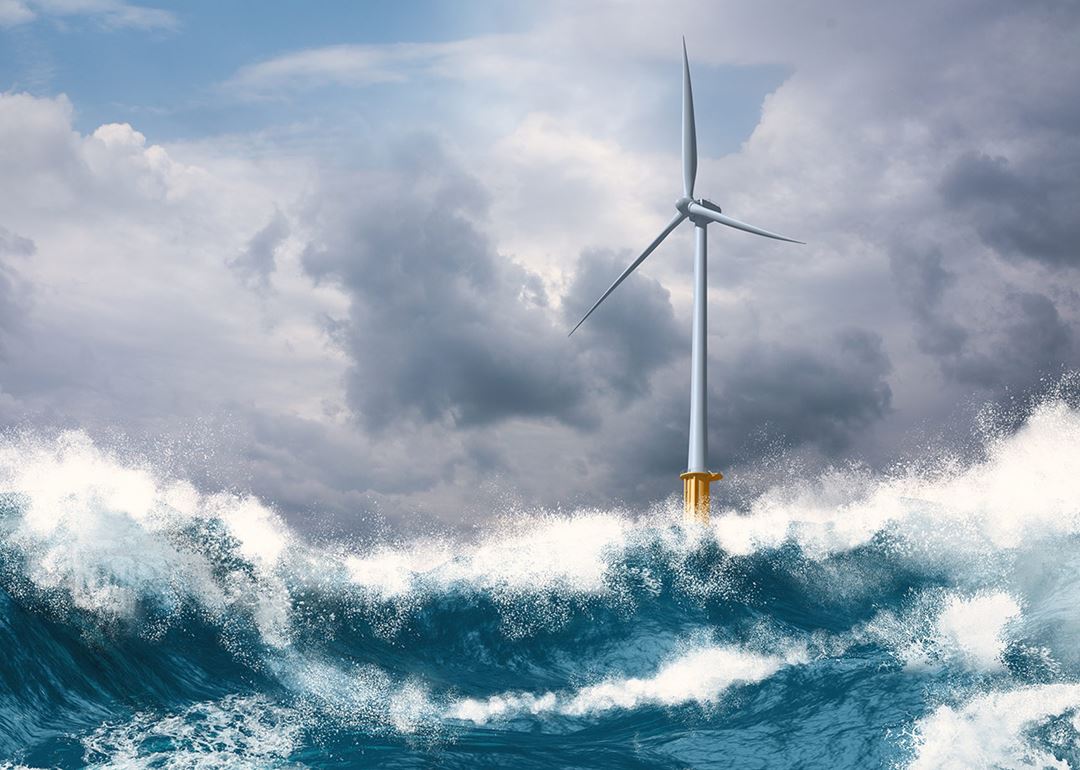An important technology enabling the energy transition from fossil to renewable energy is offshore wind energy. Offshore wind energy can be harvested using both bottom fixed and floating wind turbines. The bottom fixed wind turbine is cheaper than its floating alternative. A lot of the existing capacity in Europe is installed on relatively shallow waters of about 30m. Now, the trend is that bottom fixed wind turbines are planned for deeper waters of about 60m and beyond.
Complicated calculations
To design structures against wave loading, it is crucial to predict accurately the waves at the installation site. This is no easy task; it involves prediction over large distances from deep water to shallower water where the bottom fixed turbines are to be installed. In the B-WAVEs project, advanced algorithms for calculating these waves will be developed and the solutions will be available in open source softwares like REEF3D. The offshore wind industry is quickly adopting larger turbines and expanding their capacity goals. For bottom-fixed wind turbine generators (WTGs).
The consequence of this trend are larger structures and larger dynamic responses of the turbines. In the B-WAVEs project the problem of determining the accurate wave loading on the wind turbine and through efficient analysis describe the deformations of the structure during its lifetime. Through this work the standards used for design of bottom fixed wind turbines will be challenged which in turn will motivate the design practice of the next generation of bottom fixed wind turbines.
Project period: 01.08.2023 – 31.07.2027
Funding: Forskningsrådet, EQUINOR, DNV, COWI and AKER SOLUTIONS
Partners: Meteorologisk institutt and NTNU

